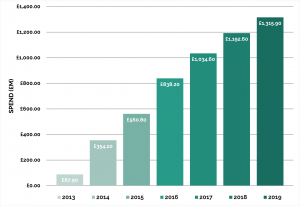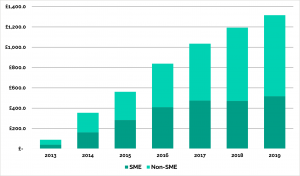If you’re looking take your G-Cloud knowledge to the next-level, then congratulations! You’re in the right place.
Let’s start with the basics.
If you’re uncertain as to what a procurement framework actually is – then the rest of this guide will be of little use. However, if you’re au fait with this purchasing lingo, then feel free to skip on ahead.
Put simply, a purchasing framework is an agreement between the framework owner and various suppliers that enables its users to buy listed goods and services without having to run through lengthy procurement cycles. However, to be listed – you must satisfy the framework’s inclusion criteria upfront. When it comes to G-Cloud, organisations are invited to submit their inclusion proposals months before a new version goes live. It’s a one-time lengthy process rather than having to go through potentially countless tenders throughout the year.
The end result? A yellow pages style directory of goods and services that fulfill the needs of its potential users. However, be careful now to confuse this milestone with winning new business. It only means that you’ve been shortlisted for your product or solution type. In many respects, the hard work has only just begun. You still need to find and convince potential buyers than they need whatever it is that you’re selling.
That said, at least your hat is in the ring. You have an infinitely better chance of winning new business by being on the framework than a competitor who isn’t even listed.




